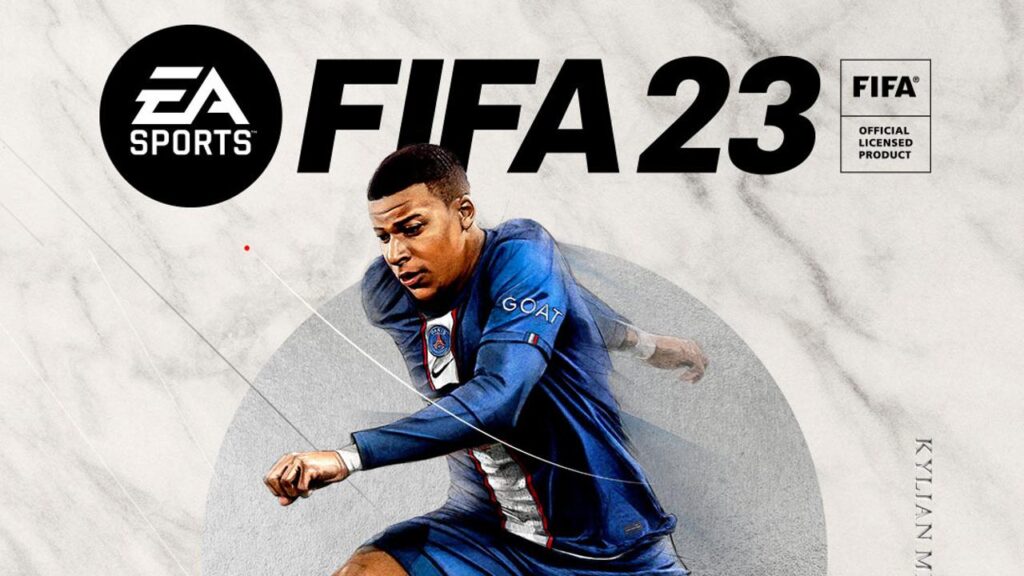FIFA has come a long way since its first release in 1993. There have been many ups and downs in the quality of the game, with each installment featuring new and improved gameplay, graphics, and modes. The best and worst FIFA installments throughout the years are analyzed, highlighting the evolution of the franchise. Each release has introduced several new features, including a more realistic player physics system, smoother animations, and the now-iconic career mode. FIFA 21, the latest installment, has brought many changes in gameplay, graphics, and modes, making it one of the most visually stunning FIFA games ever released.
The Evolution of FIFA: A Review of the Best and Worst Installments of the Franchise
FIFA is one of the most popular video game franchises in the world, with a devoted following of soccer (or football) enthusiasts. It has been around since 1993 and has come a long way since its inception. Over the years, there have been many ups and downs in the quality of the game, with each installment featuring new and improved gameplay, graphics, and modes. In this article, we will take a look at the best and worst FIFA installments throughout the years, to see how the franchise has evolved.
1993 – FIFA International Soccer
The first FIFA game, FIFA International Soccer, was released in 1993. It was a revolutionary game at the time, offering players a chance to manage their own international teams and compete against other teams from around the world. However, the graphics were primitive by today’s standards and the gameplay was relatively slow and clunky. Despite its shortcomings, FIFA International Soccer laid the foundation for what would become one of the most popular video game franchises in the world.
1998 – FIFA: Road to World Cup 98
One of the major turning points in the franchise came in 1998 with the release of FIFA: Road to World Cup 98. It featured a more refined gameplay experience compared to its predecessor, with improved graphics and smoother animation. The game also introduced the game’s first-ever soundtrack, which included popular songs of the time. The soundtrack featured artists like Blur, The Chemical Brothers, and Fatboy Slim. Road to World Cup 98 was a huge success, becoming the best-selling game of the year, and cementing the franchise’s place as a staple in the video game industry.
2002 – FIFA Football 2003
The next significant installment in the FIFA franchise came in 2002 with FIFA Football 2003. This game introduced several new features that would become staples in future games, including a more realistic player physics system, smoother animations, and the now-iconic career mode. FIFA Football 2003 also marked the introduction of women’s teams in the game, which was a significant milestone for female players and fans. It was a huge step forward for the franchise and remains a fan favorite to this day.
2007 – FIFA 08
In 2007, FIFA 08 was released, which introduced the “Be a Pro” mode. This mode allowed players to create a virtual version of themselves and take them through a career path – from youth teams to national teams. It was a groundbreaking feature that added a new level of immersion to the game. FIFA 08 also improved the gameplay even further, with more realistic ball control and better player intelligence. However, despite its many improvements, FIFA 08 was criticized for its lack of new features compared to its predecessor FIFA 07, which led some fans to deem the game as a step backward for the franchise.
2012 – FIFA 13
FIFA 13, released in 2012, was a game-changing installment for the franchise. It introduced several new features, including the “Match Day” mode, which allowed players to experience real-world matches as they unfolded in real-time. It was a significant step forward for the franchise, offering a more immersive and lifelike experience for fans. FIFA 13 also improved the graphics and animations of the game, making the game more visually appealing than ever before.
2018 – FIFA 19
In 2018, FIFA 19 was released, featuring the “Active Touch System,” which provided more fluid and realistic player movements. The game also introduced “Dynamic Tactics,” which allowed players to adjust their team’s playing style during games. FIFA 19 also marked the return of the UEFA Champions League to the franchise, adding another layer of excitement to the game. However, some fans criticized the game for its pay-to-win Ultimate Team mode and its lack of significant improvements over the previous installment, FIFA 18.
2020 – FIFA 21
The latest installment in the franchise, FIFA 21, was released in 2020, and it has brought many changes in gameplay, graphics and modes. The game’s new features include improved dribbling, Creative Runs, and a revamped Career Mode. FIFA 21 also features improved graphics and realistic player movement, making it one of the most visually stunning FIFA games ever released.
Conclusion
The FIFA franchise has come a long way since its inception in 1993, with each installment delivering new and exciting features that have kept fans coming back for more. While there have been some missteps along the way, the franchise has remained a staple in the video game industry, and it shows no signs of slowing down. With each new game, the FIFA franchise continues to evolve and improve, offering fans a more immersive and realistic soccer experience.
